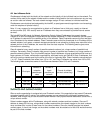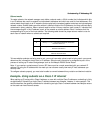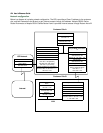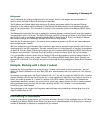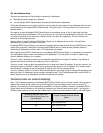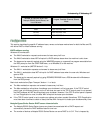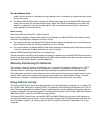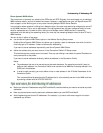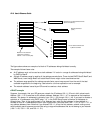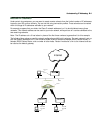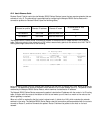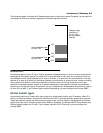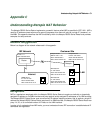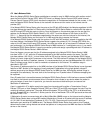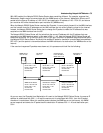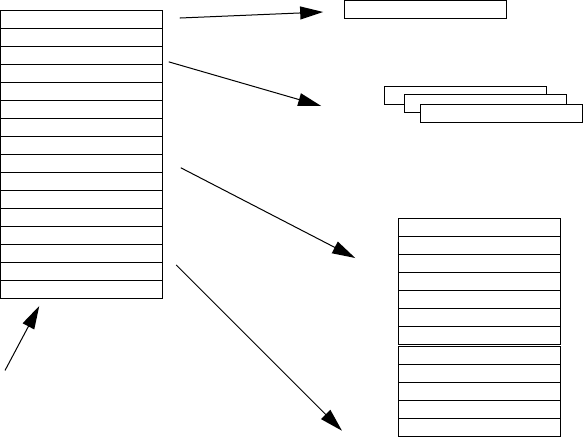
B-10 User’s Reference Guide
The figure above shows an example of a block of IP addresses being distributed correctly.
The example follows these rules:
■ An IP address must not be used as a static address if it is also in a range of addresses being distributed
by DHCP or MacIP.
■ A single IP address range is used by all the address-served clients. These include DHCP, BootP, MacIP, and
WAN clients, even though BootP and static MacIP clients might not be considered served.
■ The address range specified for address-served clients cannot wrap around from the end of the total
available range back to the beginning. See below for a further explanation and an example.
■ The network address issued by an ISP cannot be used as a host address.
AA
AA
DD
DD
HH
HH
CC
CC
PP
PP
ee
ee
xx
xx
aa
aa
mm
mm
pp
pp
ll
ll
ee
ee
Suppose, for example, that your ISP gave your network the IP address 199.1.1.32 and a 4-bit subnet mask.
Address 199.1.1.32 is reserved as the network address. Address 199.1.1.47 is reserved as the broadcast
address. This leaves 14 addresses to allocate, from 199.1.1.33 through 199.1.1.46. If you want to allocate a
sub-block of 10 addresses using DHCP, enter “10” in the DHCP Setup screen’s Number of Addresses to
Allocate item. Then, in the same screen’s First Address item, enter the first address in the sub-block to
allocate so that all 10 addresses are within your original block. You could enter 199.1.1.33, or 199.1.1.37, or
any address between them. Note that if you entered 199.1.1.42 as the first address, network routing errors
would probably result because you would be using a range with addresses that do not belong to your network
(199.1.1.49, 199.1.1.50, and 199.1.1.51).
Block of IP host addresses
Manually distributed
(static)
Pool of addresses distributed
Distributed to the
1
2
3
4
5
6
7
8
9
10
11
12
13
14
15
16
1
5
6
7
8
9
10
11
12
13
14
15
16
2
3
4
(derived from network IP
address + mask issued by ISP)
(Ethernet IP address)
by MacIP and DHCP
Netopia R5000 Series



